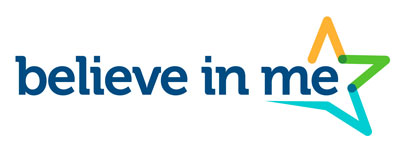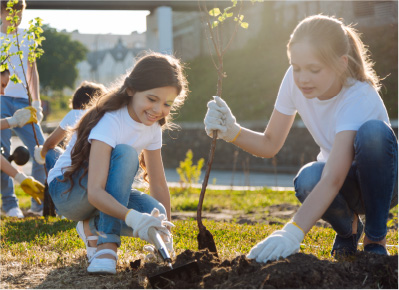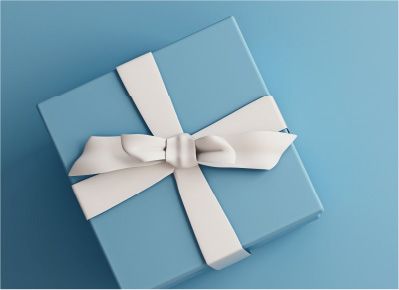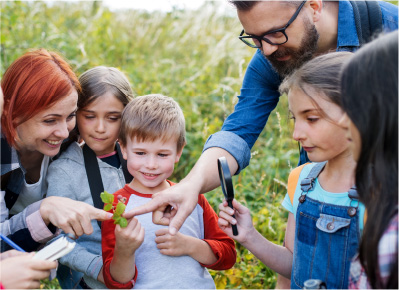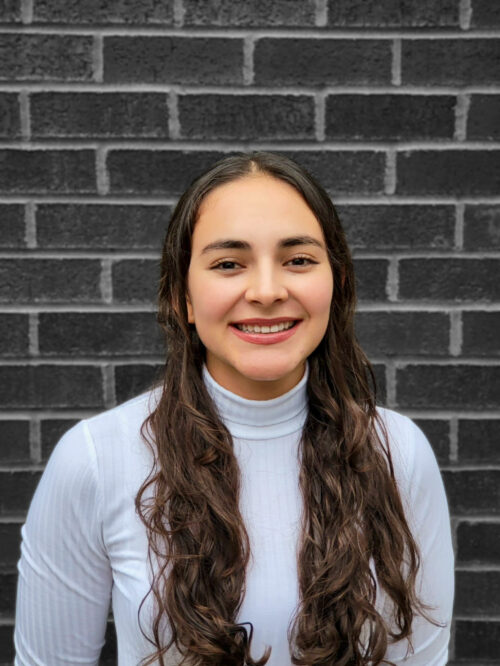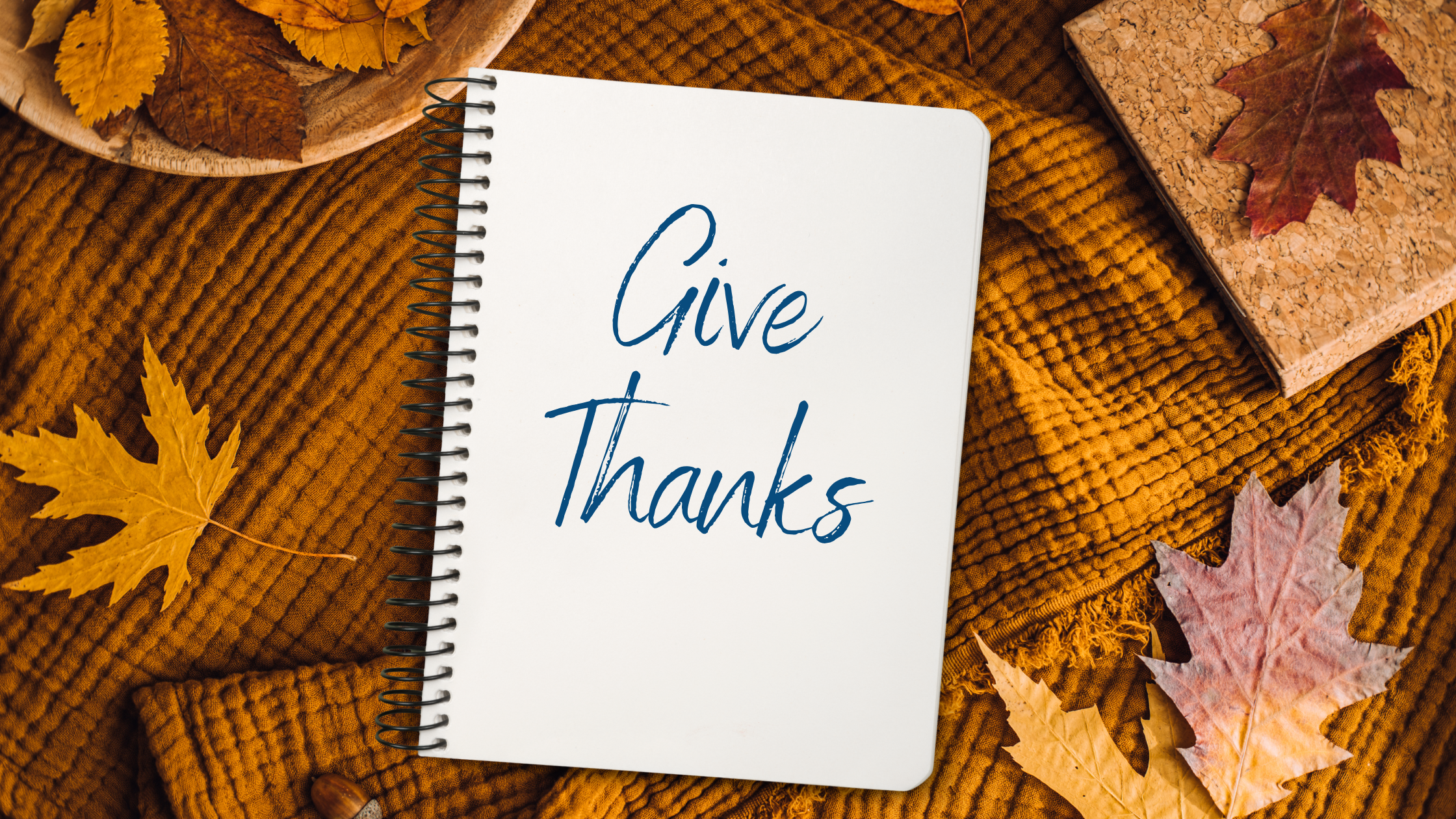June is Pride Month, a time to celebrate lesbian, gay, bisexual, transgender, queer/questioning, asexual, and intersex (LGBTQAI+) people and their rights. While great changes have been made in recent years toward equality, but there is still work to do.
To understand more about Pride Month and why it is important, let’s start with a short timeline. In 1924, in the USA, the first documented gay rights organization was founded: the Society for Human Rights. In the 1950s, homosexuality was still illegal in all the states, except for Illinois. Nevertheless, in the other states, the punishments varied from fines to prison, and everywhere, society was punishing gay people with violence, discrimination, persecution, and harassment.
Everything changed in 1969 when the Stonewall Inn in New York City’s Greenwich Village was raided by police. The ensuing protests and demonstrations would later be considered the catalyst for the gay civil rights movement in the United States. Let’s take a deeper dive into how this all came about.
The Stonewell Inn and the Change of an Era for the Gay Community
The 60s were a difficult time for the gay community. LGBTQ individuals flocked to gay bars and clubs as places of refuge where they could express themselves openly and socialize without worry. At that time, the Stonewall Inn had become an important institution as it accepted all members of the gay community including transexuals and drag queens. Until the night of June 28 in 1969, when the New York City police raided the Stonewall Inn.
For years, police in the city hassled LGBTQ people, pulling them over for minor infractions and arresting them with no cause. The community had had enough. When police tried to load a group of people who were being arrested into a van, they were met with resistance. Therefore, the riot went on for days, with thousands of people joining to protest the police brutality.
The legacy of this event is huge as it was a galvanizing force for LGBTQ political activism, leading to the formation of numerous gay rights organizations. The following year thousands of people marched in the streets from Stonewall Inn to Central Park with the official chant “Say it loud, gay is proud”. This march is now considered the country’s first gay pride parade.
The Rainbow Flag as a Symbol of Togetherness and Inclusion
Year after year, we have seen how June 28 is an important day for the LGBTQ community. Not only in the USA, but around the world, the celebration of identity and love gets bigger. However, in every parade like the ones hold for Pride Month, there is a symbol of the LGBTQ movement we can not avoid seeing: the rainbow flag.
The rainbow flag is a symbol of hope and diversity. It was created in 1978 by artist, and designer, Gilbert Baker who was commissioned by the politician Harvey Milk, for San Francisco’s annual pride parade. The flag originally had eight stripes, each representing a different aspect of the LGBTQ community. However, the flag was later reduced to six stripes, with the removal of pink and turquoise.
The flag is a reminder that love is love, and that everyone should be free to live their life without judgment or discrimination. Rainbows are both natural and beautiful with a multitude of colors. The rainbow flag represents togetherness since LGBTQ people come from all races, ages, and genders.
Celebrating the Progress In Rights During Pride Month
While there is still much work to be done in the fight for equality, the gay rights movement in the United States has seen incredible progress in the last decades. Not long ago, homosexual activity was considered a crime in many states, and LGBTQ+ individuals were forced to hide their identity if they wanted to serve in the military. Today, those laws have been overturned.
In addition, in 2015, the US Supreme Court issued a landmark ruling that legalized same-sex marriage nationwide and child adoption with some requirements in certain states. This victory was followed by an equally important ruling that prohibits discrimination against LGBTQ+ Americans in employment, housing, and public accommodations in most states. Also, hate crimes based on sexual orientation or gender identity are punishable by federal law.
As more and more states extend full legal protections to LGBTQ+ citizens, it is clear that the tide is turning in favor of equality. Despite this, even today, we continue to witness disturbing setbacks and rising hate and violence targeting LGBTQ+ people. For this reason, it is important to create awareness, learn about them, and support the gay community.
Pride Month Is A Perfect Time To Support The LGBTQ+ Community
One way to get involved is to make a donation to Believe in Me, a foundation for kids. Thanks to your generosity, we can support the LGBTQ+ community by partnering with Oddysey Youth Movement. For the second year in a row, we have provided a $10,000 grant to support their Hybrid Drop-In and Basic Needs program. This much-needed program gives LGBTQ+ youth a chance to socialize, play games, and discuss topics such as sexual health, LGBTQ+ history and culture, communication, advocacy, and more. A majority of these youth come from economically disadvantaged homes and are more likely to be unstably housed and face a variety of mental health concerns including higher suicide rates.
More way you can help is to show support by participating in the LGBTQ+ Pride Month celebration that includes parades, picnics, parties, workshops, art exhibitions, and concerts. In addition to these events, you can be an ally when someone tells you that they are gay. Show support, and encouragement, and be proud of who the other person is. This makes a huge difference for them. Another way to support the community is by volunteering or donating to initiatives supporting local LGBTQ+ youth and their community.
Thank you to our donors, our partnerships, and every person in the community who stands up to enhance, protect, and support the long fight for the rights of the LGBTQAI+ community. Without your time, your donations, and your willingness to have a better community with everyone, our grants wouldn’t be possible. Thank you for helping us to transform the lives of LGBTQ youth in our community.
